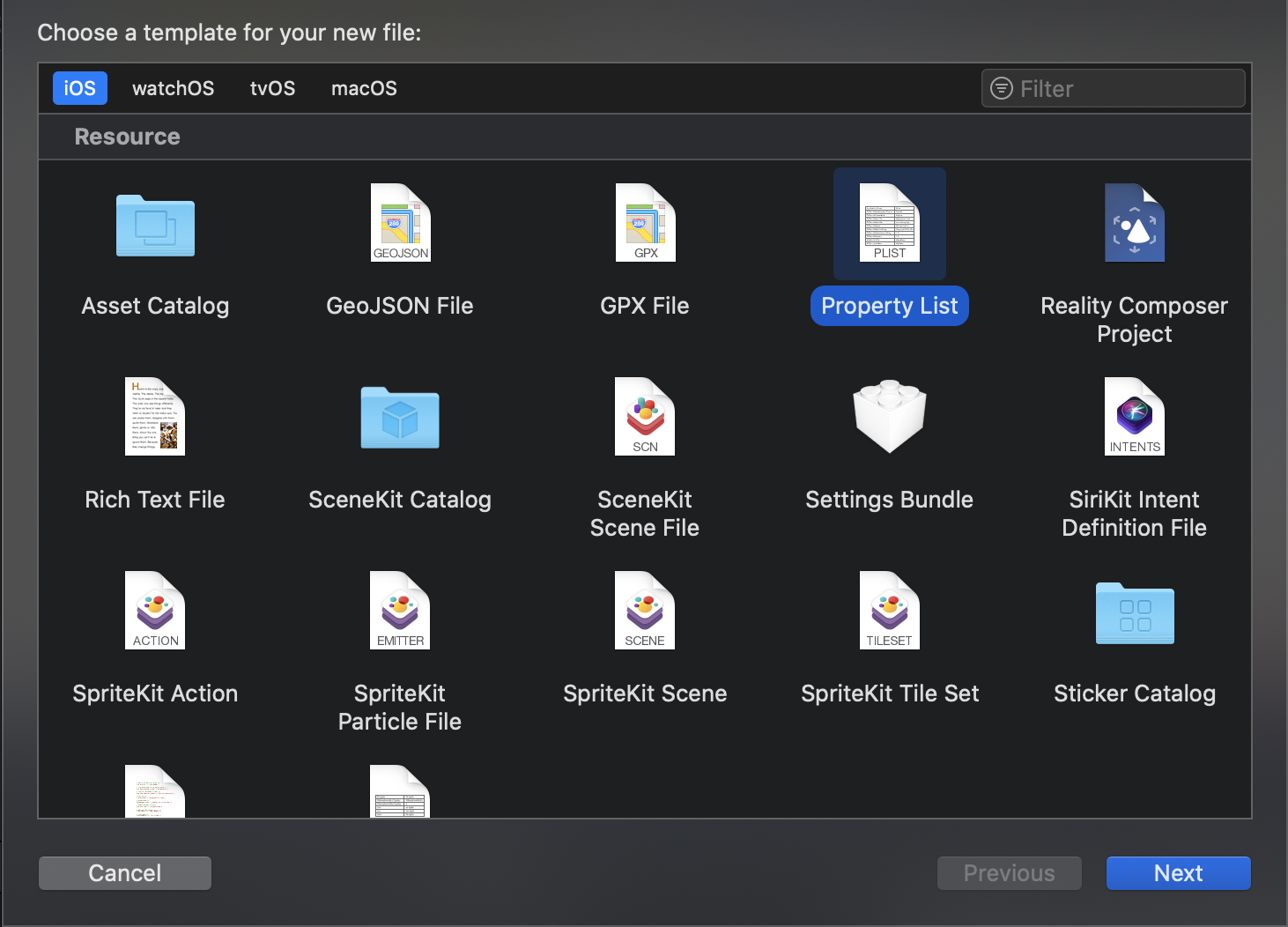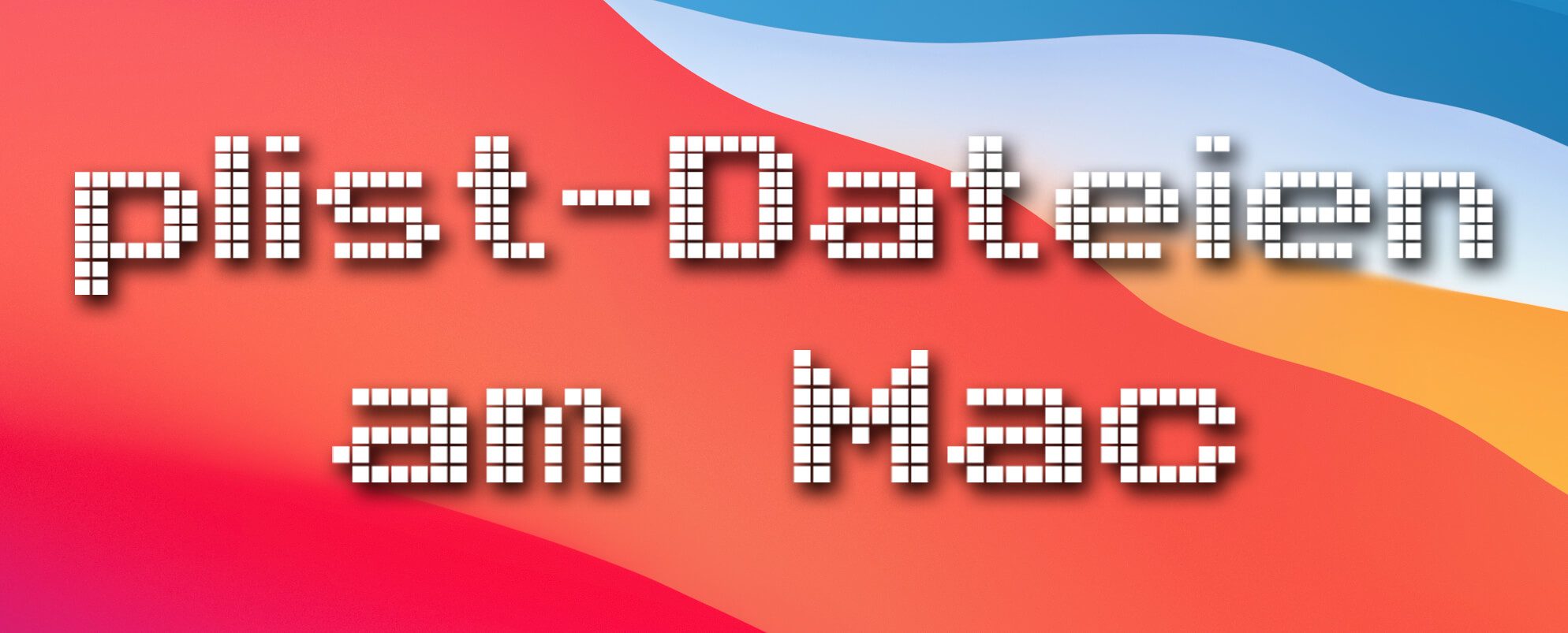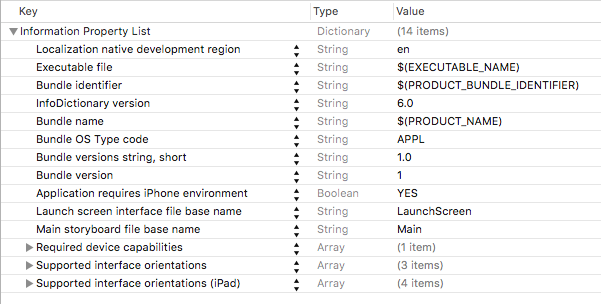

#WHAT IS A PLIST FILE ON MAC FULL#
Threat Summary: NameĪvast (MacOS:Adload-AG ), Combo Cleaner (Gen.13), ESET-NOD32 (A Variant Of OSX/), Kaspersky (Not-a-virus:HEUR:), Full List ( VirusTotal)
#WHAT IS A PLIST FILE ON MAC SOFTWARE#
To summarize, the presence of software like TechPartition can lead to system infections, severe privacy issues, financial losses, and even identity theft. The gathered data is then shared with and/or sold to third-parties (potentially, cyber criminals).

Advertising-supported software typically collects browsing and search engine histories, personally identifiable details, account log-in credentials, credit card numbers, etc. Additionally, this app likely has data tracking abilities. Some intrusive adverts can stealthily download/install software - once clicked.įurthermore, TechPartition may have browser hijacker qualities - since they are common for AdLoad adware. Regardless of whether TechPartition (or other adware) displays advertisements - its presence on a device endangers its system/user safety.Īdware-delivered ads endorse untrustworthy/harmful websites and software, scams, and even malware. However, it is noteworthy that advertising-supported software may require certain factors (e.g., compatible browser/system specs, visits to particular sites, etc.) to deliver adverts. On our test system, TechPartition ran intrusive advertisement campaigns, i.e., it displayed ads. Additionally, we determined that TechPartition belongs to the AdLoad malware family.

When we installed this piece of software onto our test machine, we learned that it operates as adware. That's why writing to a temporary file and using "mv" works so well: programs only see one consistent version of the file.TechPartition is a rogue app our research team found while checking out new submissions to VirusTotal. When we did "mv bar foo", we made foo point to the content "banana", but the program's filehandle still pointed to the old inode, so it saw "apple" instead. In addition, a filehandle that a program gets is also a link to an inode. The reason is that Unix is based on inodes, and each directory entry is really a link to an inode. In fact, you can try something similar with a gigabyte sized file, and it still works. Now press enter in the first terminal, you'll see "apple". To prove this, in one terminal:Įcho apple > fooperl -e 'open FH, " print 'ĭon't press enter just yet. I'm actually a little surprised that Apple chose to do this since writing to a temporary file and moving that into place avoids corruption. (Incidentally, if you try to run this while the app has the file locked, perl will hang waiting for the lock, ctrl+C should interrupt it.) The application will continue to launch normally.

When perl exits, it will close the file, thus releasing the lock. Launch the application or somehow cause it to access that preferences file, it will hang. That will open the file, obtain a lock, and then wait for you to press enter. (I just tested with the Kindle app, anything should work.) Lockfiles are a standard Unix technique for locking with the "flock" system call, and you can verify this quite easily:Ĭd ~/Library/Preferencesperl -MFcntl=:flock -e 'open FH, " ' Will require to enter an admin password.if user_choice is "Hide" then do shell script "chflags hidden /Library/Preferences/*.plist.lockfile" with administrator privileges do shell script "chflags hidden ~/Library/Preferences/*.plist.lockfile" with administrator privilegeselse if user_choice is "Unhide" then do shell script "chflags nohidden /Library/Preferences/*.plist.lockfile" with administrator privileges do shell script "chflags nohidden ~/Library/Preferences/*.plist.lockfile" with administrator privilegesend if Hide Unhide plist.lockfile - version 2.0display dialog ¬ "Hide or Unhide the plist.lockfile files in the Preferences folders in /Library and ~/Library." & return & ¬ return & "Will require to enter an administrator password." & return with title "Hide or Unhide the ¬ plist.lockfile files" buttons default button 1 giving up after 60set dialogResult to resultset giveUp to gave up of dialogResultif giveUp is true then error number -128 - Cancel on giving up to cancel the t user_choice to button returned of dialogResult - Set the user choice.- Process the user choice.


 0 kommentar(er)
0 kommentar(er)
